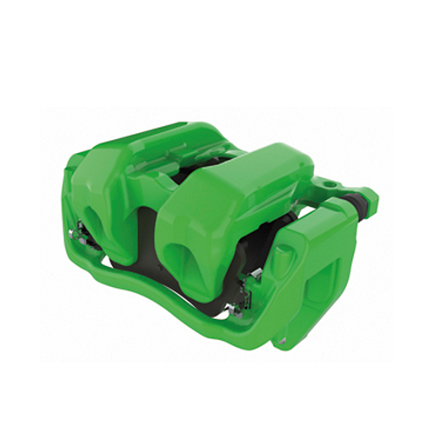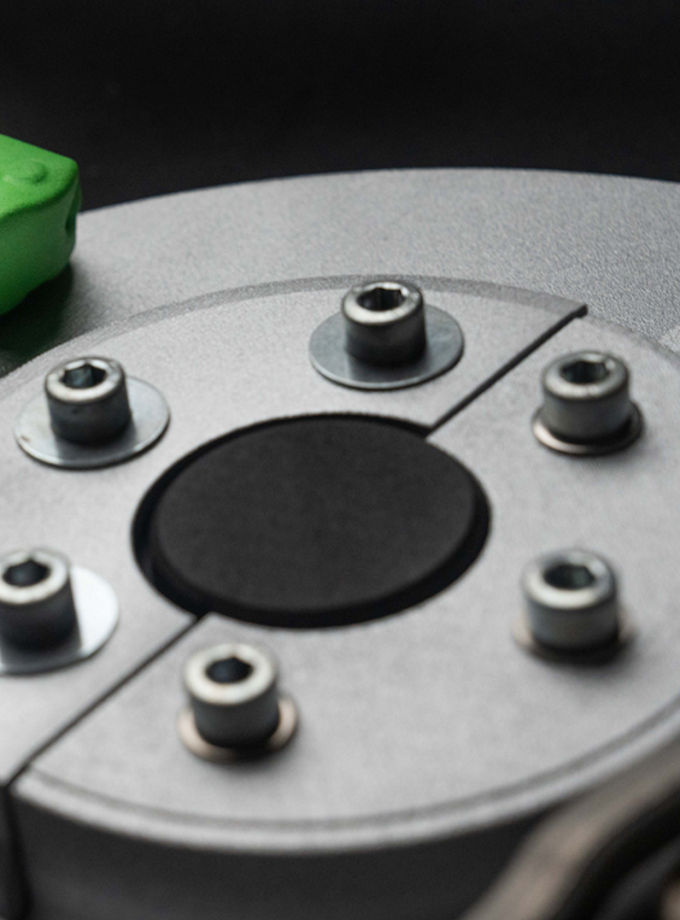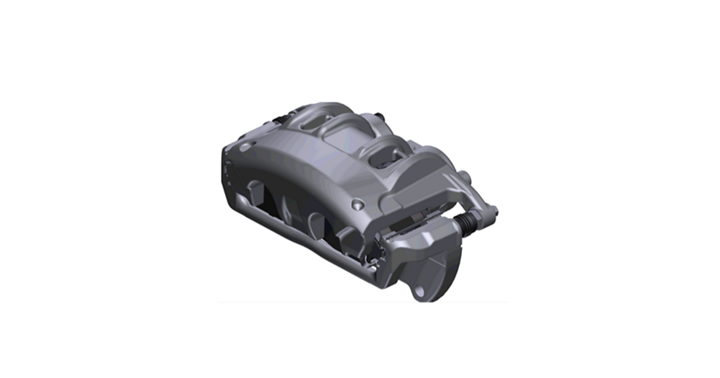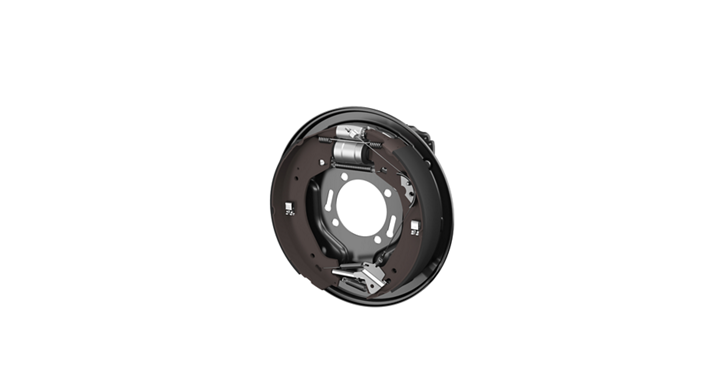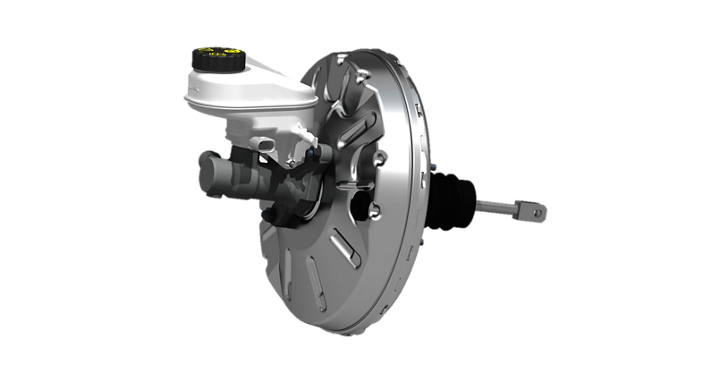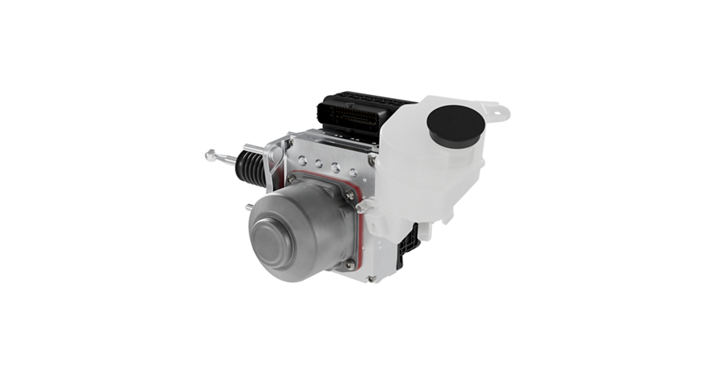As a result, CO2 emissions of up to 2g/km can be saved for combustion vehicles. For electric vehicles the range is increased.
To reduce weight, not only has the housing been made significantly more filigree, but also the lining mass for use in battery-electric vehicles (BEV) has been reduced.
Due to the rapid progress of the electrification of vehicles, the hydraulic brake actuation can be replaced by an electric control. Because of the simpler system implementation, the first solutions for dry brakes are installed on the rear axle.
